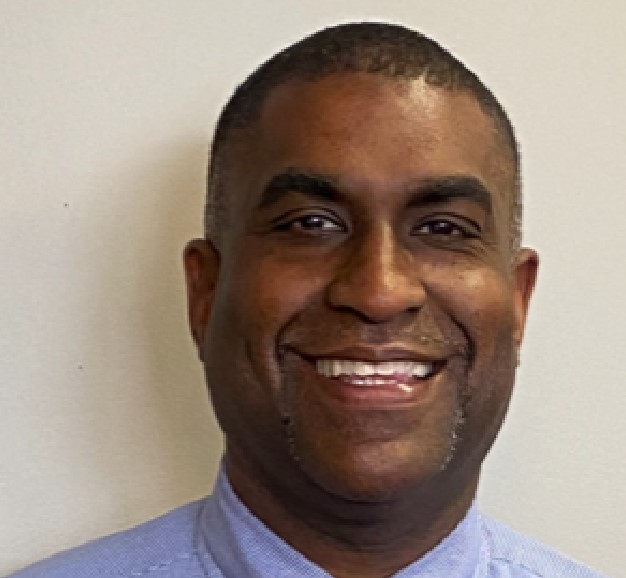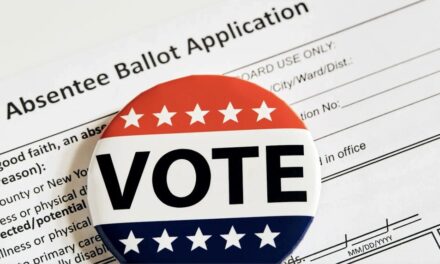By Ryan Coleman,
randallstownnaacp@gmail.com
The median wealth for a U.S. White family was $171,000 in 2021, according to the Federal Reserve’s most recent numbers. That number was $17,600 and $20,700 for Black and Latino or Hispanic families, respectively. This huge gulf in wealth warrants a distinct policy agenda for Black families who, even if they have the same income as their White peers, don’t have the same financial cushion.
When politicians proselytize on the needs of the middle class, but don’t mention the racial wealth gap, community resources or homeownership rates, they are signaling they are only talking to the White middle class. All of these issues are interrelated to Black voters’ class status and political interests.
In fact, some politicians and policymakers refuse to admit the inequitable funding of HBCUs the inequitable funding of our Black communities. I wanted to thank Dr. Tiffany Ford, Dr. Andre M. Perry, Senior Research Fellow Manann Donoghoe and the Brookings Institution. They answered the call of the NAACP to compile information affecting African-American communities. This interactive tool gives the Randallstown NAACP, political leaders, policy makers and the community the data needed to improve our communities.
The data shows the community resources in African-American communities of Baltimore County, which is 32 percent African American, Howard County, Md., which is 20 percent African American, Spalding County, Ga., where Black people make up 36 percent of the population, and Forsyth County, Ga., which is 5 percent African American. Specifically, the data says the following:
1. Only 19 percent of jobs paying more than $40,000 are located in African-American communities in Baltimore County. Spalding County, at 32 percent, and Forsyth County, at 56 percent, both in Georgia, all had a higher percentage. Howard County came in at six percent.
2. Only 19 percent of public libraries are located in African-American communities in Baltimore County. Spalding County, Ga., came in at 42 percent, while Howard County came in at 3 percent.
3. Only 11 percent of museums and historic sites are located in African-American communities in Baltimore County. Spalding County (67 percent) and Forsyth County (50 percent), in Georgia, had a higher percentage. Howard County came in at 0 percent.
4. Only 14 percent of medical offices and hospitals are located in African-American communities in Baltimore County. Spalding County, Ga. had a higher percentage at 77 percent. Howard County came in at 9 percent.
5. Only 11 percent of state office buildings, courthouses and post offices are located in African-American communities in Baltimore County. Spalding and Forsyth County, both had a higher percentage at 50 percent. Howard County came in at 0 percent.
6. There are no four-year colleges in African-American communities in Baltimore County. Spalding County and Howard County, Md. had no four year colleges.
7. Only 20 percent of parks are located in African-American communities in Baltimore County. Spalding County (60 percent) in Georgia had a higher percentage. Howard County came in at 0 percent. 8. Only 15 percent of restaurants, retail establishments and youth facilities are located in African-American communities in Baltimore County. Spalding County (47 percent) in Georgia had a higher percentage. Howard County came in at 7 percent.
9. Only 22 percent of hospital beds are located in African Americans. Spalding County in Georgia had a perfect percentage at 100 percent. Howard County came in at 0 percent.
The community assets have been declining over the last 15 years in Baltimore County. Whatever has been tried prior to County Executive Johnny Olszewski’s administration has not been working. The concern is that African-American communities in Baltimore County have severely less community assets than White communities. This lack of community assets impacts the quality of life for all African Americans in Baltimore County. Further the quality of life is worse than two counties in the south in Georgia.
The data now supports what we all assumed visually with our own eyes. We have the support of the county executive , House Speaker Adrienne Jones, Baltimore City Council, state senators Charles Sydnor and Benjamin Brooks, representatives Kweisi Mfume and C.A. Ruppersberger, Gov. Wes Moore and other elected officials. We have some strong facilities in our community- Social Security, CMS, FBI Baltimore and Northwest Hospital.
Politicians need to know the kinds of jobs that the Black middle class holds, where they live, and their homeownership rates. If Black voters are recognized on a map, then maybe some of their political needs can finally be met. The Black middle class is growing in Baltimore County. From 2008 to 2021, the percentage of the Black population in the middle class as a share of the overall population increased across the county. However, this trend has slowed in recent years. The two main issues affecting this trend —Education and Economic Development. We must improve the schools or give the residents educational options. We must give the residents grocery stores, sit down restaurants, book stores, youth facilities and amenities that they demand.
For years, the 1980s sitcom “The Cosby Show” provided the view from the Black middle class. The Ellis Wilson painting above the mantle, the Black college paraphernalia worn by characters, the professional and civic standing of the show’s two-parent, heterosexual Huxtable family—all of this projected middle-class ascendance.
We can not just look at incomes, degrees, and middle class values—as politicians’ normally refer to the middle class. This view misses how in reality, the Huxtables’ route to the middle class looks different than the Brady family in “Brady Bunch.” Throughout U.S. history, institutionalized racism generated wealth for many White families while stifling growth for Black families. Politicians must understand the fundamental differences between Black middle-class families and their White middle class peers.
The Black middle class deserves attention from politicians. But without addressing racialized distinctions and avoiding mention of biased policies that continue to hurt Black families, politicians’ devotion to the middle class should be seen as a commitment to the status quo.
The catchall term “middle class” has become a synonym for White middle-income earners. Policies purported to help this group will inevitably produce different outcomes along racial lines, because the foundation beneath the socioeconomic strata is fundamentally different for Black people. Where Black middle-class families live, the kinds of jobs they hold, and the (lack of) wealth they possess demand specificity and acknowledgement in politicians’ pronouncements on the middle class. Without that, politicians will only be spouting bromides to the same old electorate.
Ryan Coleman is the president of the Randallstown branch of the NAACP.
The post Commentary: The Black middle class of Baltimore County needs attention too appeared first on AFRO American Newspapers .










